I have found that Harbor Freight Dust Collectors are very popular and many people want to get the pipe size right to ensure you get the best suction. Since I own one and have done the setup myself, I thought I should share what size pipe for harbor Freight dust collectors?
The best pipe size for a harbor freight dust collector is 6 inches in diameter and 10 feet long. If the pipe can maintain an air velocity of 800 FPM, it will allow the dust collector to operate at its maximum dust collection potential with an airflow of over 1550 CFM.
In this article, you will learn all you need to know before getting a pipe for your Harbor Freight Dust Collector. Whether you want to set up a multi-branch dust collection system or are looking to have a solo duct, the information in this post will allow you to:
- Calculate the best duct size for your specific dust collector
- Figure out the ideal length for the pipe
- Attach the pipe in the inlet, so the airflow does not drop
What Size Pipe for Harbor Freight Dust Collector?
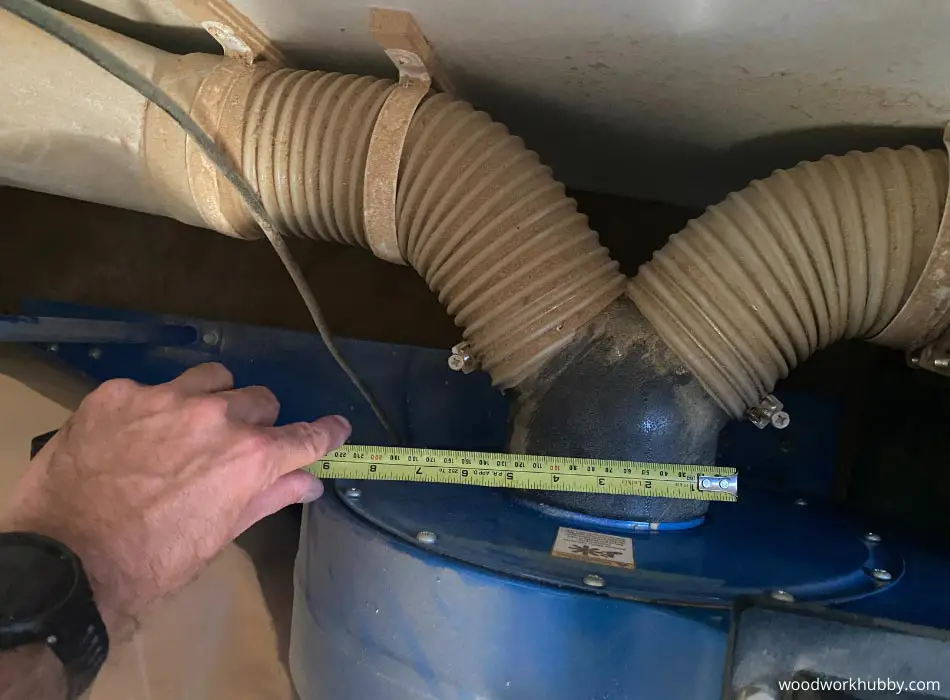
The best size pipe is one that is 6 inches in diameter to ensure that air velocity is not lost. The outlet on most Harbor Freight Dust collectors is 5 inches in diameter. A rubber fitting will be needed to match the pipe to the dust collector.
The diameter of the inlet on these machines can vary 4, 5, or 6 inches, with 5 inches being ideal for the 2 HP unit, which is the most common. The pipe size increases with higher velocity Harbor Freight collectors.
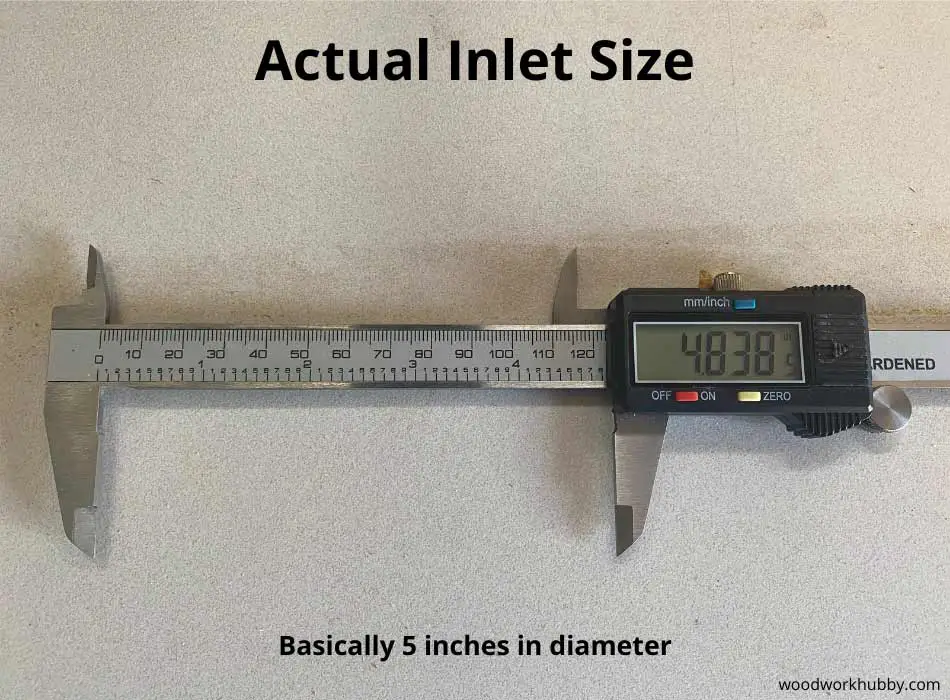
While pipe size questions are about width when it comes to dust collection, it helps to know whether the length affects the dust collector’s efficiency. A longer pipe will affect the CFM nominally unless you join several ducts.
For a single collection pipe system, you should aim for lengths of 10 to 15 feet, because the flow gets weaker as you move the collection point further from the collection mechanism. Longer pipes still work, albeit less efficiently. If the inlet is larger than the pipe, you can use rubber to make sure the pipe fits.
Try to use a smooth walled ducting
where possible to avoid creating turbulance!
In case your only concern regarding your query is whether the pipe you get fits in your Harbor Freight Dust Collector’s inlet, you can err on the side of getting a smaller pipe. A larger pipe is harder (but not impossible) to fit into a smaller inlet. The main reason people worry about pipe size is that it affects airflow and impacts the efficiency of dust collection.
Did you know what the best dust collector for MDF is? I explain it fully in this article.
What Size Pipe Should I Use for Dust Collection?
You should use a 6-inch diameter pipe with a 10-foot length or a 4-inch diameter pipe with a 15-foot length. The width of the pipe is usually decided by the dust collector’s capacity and inlet size. A 2 HP Harbor Freight collector works with a 4-inch diameter pipe, although 6 inches in diameter is preferred.
In some cases, the inlet of the collector will be 6 inches in diameter, yet its CFM would be poor. This is likely because that machine is for collecting bigger shavings and chips. You need 300 CFM to collect bigger chips, but dust requires higher CFM.
Read a more detailed explanation of dust collection ducting here.
If you want to use a chip collecting vacuum as a dust collector, you’ll need to artificially lower the inlet capacity and bring it down an inch in diameter. This way, you can install a 4 to 5-inch pipe in a 6-inch inlet. The inflated pressure can improve dust collection, provided you use the right filter.
Clean out your dust collector regularly to help with suction but can you wash dust collector bags? I explain this. Click this link to see more on this.
| Dust Collector | CFM | Pipe Size |
|---|---|---|
| Harbor Freight 2 HP Dust Collector | 1550 CFM | 4 inches in diameter, 10 to 15 feet long. |
| JET DC-1200VX-CK1 2HP Dust Collector | 1550 CFM | 4 inches in diameter, 10 to 15 feet long |
| WEN 3401 5.7-Amp Dust Collector | 660 CFM | 4 inches in diameter, 5 to 10 feet long |
| RIKON Power Tools 1HP Portable Dust Collector | 660 CFM | 4 inches in diameter, 5 to 10 feet long |
How Many CFM Is the Harbor Freight Dust Collector?
On average, a Harbor Freight dust collector is 1200 to 1550 CFM at the main source, though the actual CFM is lowered once ducts/pipes are attached, and the length of collection point increases from the vacuum source. The system usually provides 545 to 650 CFM.
CFM of a Harbor Freight Dust Collector with 2 ducts is around 650 and with three ducts, 300. You should not use more than 2 ducts if the tool you use has a high dust and shavings output.
The table below covers CFM estimates and corresponding dust collection performance for a 2 HP Harbor Freight tool.
| Number Of Ducts/Pipes | Average CFM | Dust Collection Performance |
|---|---|---|
| Single duct, 10 feet | 1400 CFM | Picks up fine dust and shavings output from materials like planers |
| Single duct, 15 feet | 1200 CFM | Picks up most of the dust and shavings produced in a home workshop |
| Two ducts, up to 30 feet in total length | 650 CFM | Can collect most of the shavings and visible dust from a home workshop |
| Three ducts, up to 40 feet in collective | 300 CFM | Can pick up the shavings that can be collected with a broom |
Is 650 CFM Enough for Dust Collection?
650 CFM is good enough for standard dust collection if the airflow is calculated in the ducts. The CFM near the main collector has to be around 1000 for fine dust collection. Anything over 350 CFM will clear your working surface of wood chips, and above 500 CFM will clean thicker sawdust.
If by dust collection, you mean clearing fine dust below 0.5-micron, you need a HEPA filter and airflow better than 650 CFM. But if you work with table saws, routers, and handheld carpentry equipment, 650 CFM is sufficient for cleaning your workspace.
See my article explaining what the best dust collector for a drum sander is? Is 650 CFM enough?
The only caveat would be MDF dust. If you cut up MDF and fiberboards, you should invest in better dust collection technology because such boards’ dust residue is far more harmful than sawdust from regular wood.
Final Thoughts
A harbor freight dust collector is overpowered for most contexts, which means that if you can get it to function even suboptimally, your workshop will look fine.
There is no need to overthink the pipe purchase beyond the pipe’s fit. Usually, a 6-inch pipe fits the dust collector, but some models might host a 5-inch pipe. The larger is better for dust collection, with the smaller being more effective for collecting chips.
-
What Is Cedar Wood Used For? (Why I Stopped Using It On Some Projects)

Cedar is one of my favorite wood types because I am tasked with perpetually protecting some of my passion projects. It is one of the most resilient woods out there, and I often find myself wishing that all woods were like Cedar because I cannot really use it for all projects. Cedar wood is used…
-
12 Beginner Wood Carving Projects Anyone Can Carve
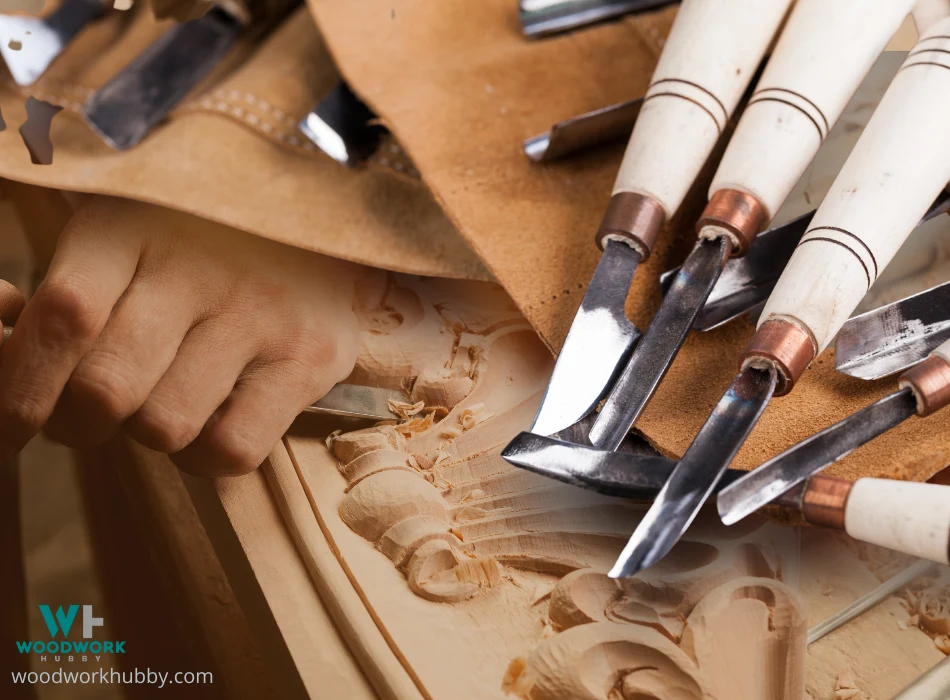
Beginner Wood Carving As a woodworker, I believe woodcarving is one of the simplest forms of woodwork anyone could get involved in. If you start out with the most basic projects first, you can quickly develop the skills and the enjoyment to continue the hobby. I find I get a great sense of achievement from…
-
9 Essential Tips For Screwing Into MDF
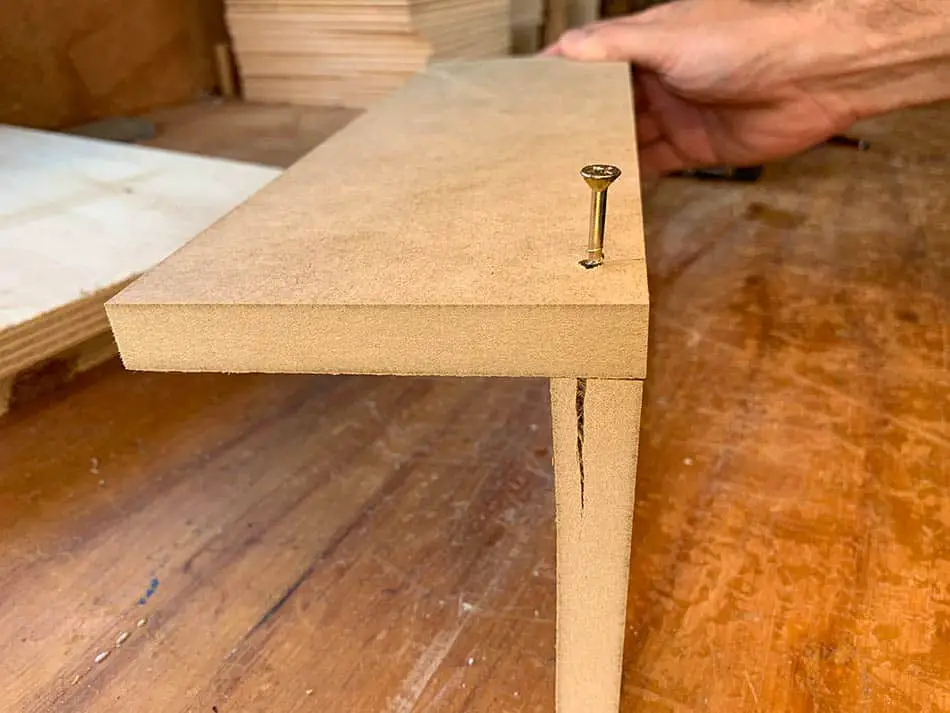
MDF seems to be the one thing that scares most people whenever they need to screw into its edge. I have been a cabinetmaker for the last 20 years and screwing MDF together is something we did every day.All of the apprentices would be always asking how to screw into the edges of MDF without…
-
Maximizing Savings with Bulk Purchase of Wooden Cutting Boards for Your Restaurant

Running a successful restaurant business requires a delicate balance between offering top-notch culinary experiences and managing operational costs. One often overlooked but significant way to save money is by purchasing wooden cutting boards in bulk for your staff. These humble yet essential tools are the unsung heroes of any kitchen, and opting for cost-effective options…
-
Top 5 Best Portable Table Saw For Fine Woodworking

Are you struggling to find the perfect portable table saw for your fine woodworking projects? I know exactly how daunting that can be, having faced the same hurdle once upon a time. After many years of working as a contractor, I have used many table saws and so I decided to identify the best portable…
-
How To Remove Sticky Residue From Wood Table Top (It Works)

I totally get it. That unsightly sticky residue on your beautiful wooden table top just isn’t fun, is it? But how to remove sticky residue from wood table top without causing damage? After much research and plenty of experiments — some successful, others not so much — I’ve compiled quite a variety of methods to…

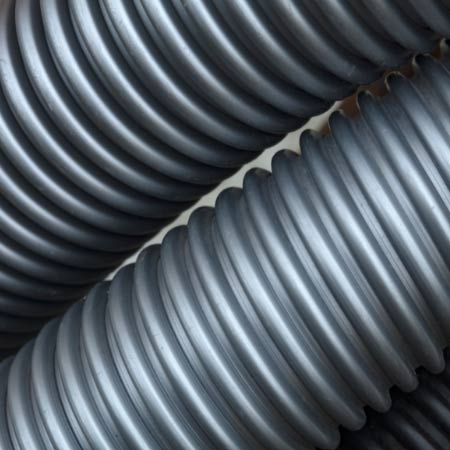
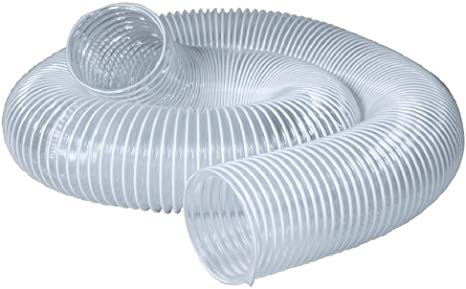
4 responses to “Best Pipe Size For Harbor Freight Dust Collector”
[…] Dust collectors vary in size and come from as low as 400 CFM to as high as over 2000 CFM. They are different in capacities to suit different functions. Large and small workshops require different capacities of dust collectors due to the amount of dust produced. […]
[…] Make sure you are using the right size pipe/ducting. I wrote an article on the best pipe size for harbor freight dust collectors. […]
[…] Harbor Freight […]
[…] Did you know that you could be reducing your CFM with the wrong size ducting? See my article showing what is the best pipe size for harbor freight dust collectors? […]